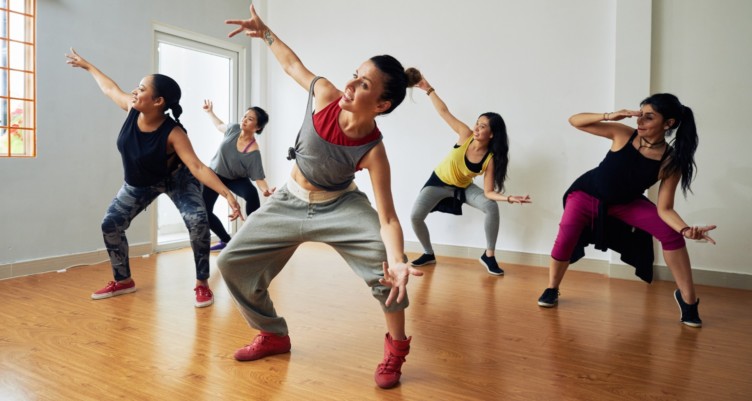Regular physical activity is vital for maintaining health and well-being, yet fitting exercise into a busy schedule can be challenging. There are various ways to seamlessly integrate movement into your daily routine without having to set aside dedicated time for workouts. This report synthesizes strategies from multiple sources on how to effectively incorporate exercise into everyday activities.
Short Bursts of Activity

Engaging in brief, high-intensity exercise can be both effective and time-saving. High-Intensity Interval Training (HIIT) is particularly beneficial, allowing you to achieve significant cardio and strength benefits in a short time frame. By alternating short bursts of intense effort with recovery periods, you can complete a workout in as little as 10-20 minutes, making it easier to fit into a busy day[4][8].
Even simple activities can help you move more: try setting a timer every hour to prompt quick exercises like jumping jacks or squats for a couple of minutes. This not only interrupts long periods of sitting but also keeps your metabolism active[3].
Maximize Daily Activities

Finding ways to incorporate movement into your existing routines is a practical approach. For instance, choosing to take the stairs instead of the elevator can provide a quick cardiovascular boost while also strengthening your legs. Similarly, if you have to travel between floors at work, consider walking instead of taking a ride. Making phone calls while walking can also convert idle time into productive movement[2][5][6].
Active Commuting
Consider biking or walking to work if it’s feasible, or park farther away from your destination to increase your daily step count. This approach not only helps with physical fitness but also can reduce stress levels associated with traffic[5][7]. Regularly engaging in these types of activities makes exercise a natural part of your daily life rather than a chore.
Fun Activities That Count as Exercise

Looking for enjoyable ways to move can turn exercise into something you look forward to rather than dread. Activities such as dancing, hiking, or playing with your children not only provide physical benefits but are also great for mental well-being[1][3][5][7].
Engaging in Play
Consider organizing family outings that include active play like playing tag, visiting a trampoline park, or going to a local ice skating rink. Such engagements allow you to exercise while having fun with loved ones, making physical activity less of a task and more of an enjoyable experience[1][3].
Group Activities

Joining community sports leagues or participating in walking groups can provide a social aspect to exercise. This not only boosts motivation but also helps build a supportive community around fitness. Being part of a group can enhance accountability and make exercise feel more like a social event[5][6].
Mindful Movement Throughout the Day
Incorporating movement doesn't always have to involve formal exercise; informal physical activity (often referred to as Non-Exercise Activity Thermogenesis or NEAT) can be beneficial. Simple actions like standing up periodically to stretch, taking walking breaks, or even doing chores actively can contribute to your daily movement[5][6].
Integrate mindfulness into your movements by practicing deep breathing exercises while you work or stretching during breaks. These techniques can promote relaxation while also encouraging movement, thus contributing to both physical and mental health[7][8].
Digital Tools and Technology
Tracking your daily activity with a fitness app or pedometer can provide motivation and accountability. Setting daily step goals or challenges can motivate you to increase movement in your day-to-day life. You might also consider participating in virtual classes that encourage movement while you’re at home[3][5].
Additionally, using gaming platforms like VR or active video games that require physical movement can be an entertaining way to stay active, especially if traditional exercise seems daunting[5][7].
Conclusion
Incorporating exercise into your daily life does not require drastic changes or long hours spent in the gym. By integrating short bursts of activity, maximizing daily tasks, seeking fun alternatives, and using technology for tracking and motivation, you can enhance your physical fitness without it feeling like a chore. Emphasizing enjoyable and social experiences will help ensure that you maintain a consistent and fulfilling exercise routine. Each small step adds up to significant health benefits over time, leading to improvements in physical health and overall quality of life.
Get more accurate answers with Super Pandi, upload files, personalized discovery feed, save searches and contribute to the PandiPedia.
Let's look at alternatives:
- Modify the query.
- Start a new thread.
- Remove sources (if manually added).